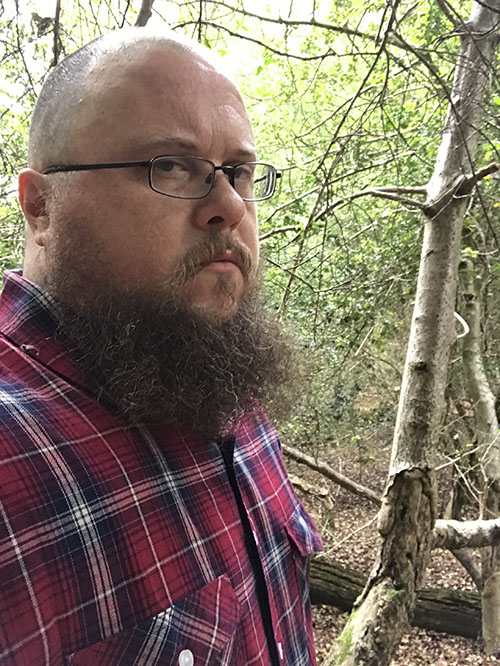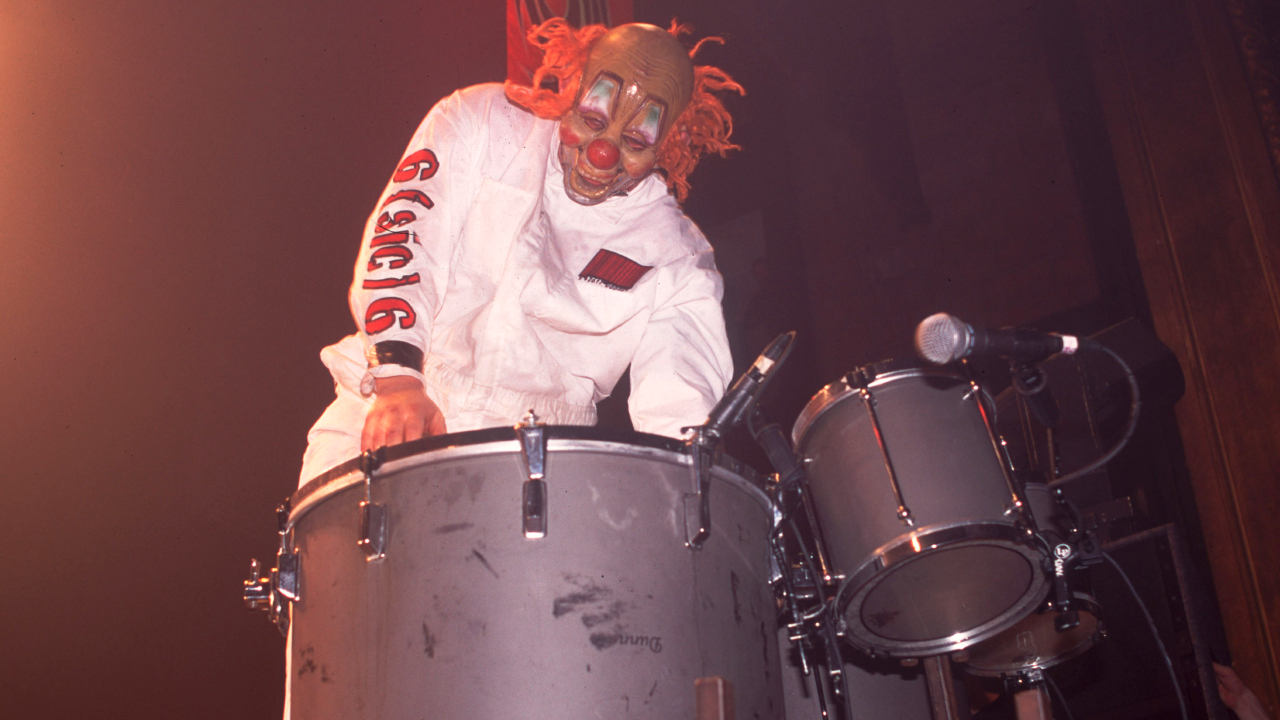The Stories Behind Iron Maiden's Artwork: Part Two
The second part of our Maiden art odyssey
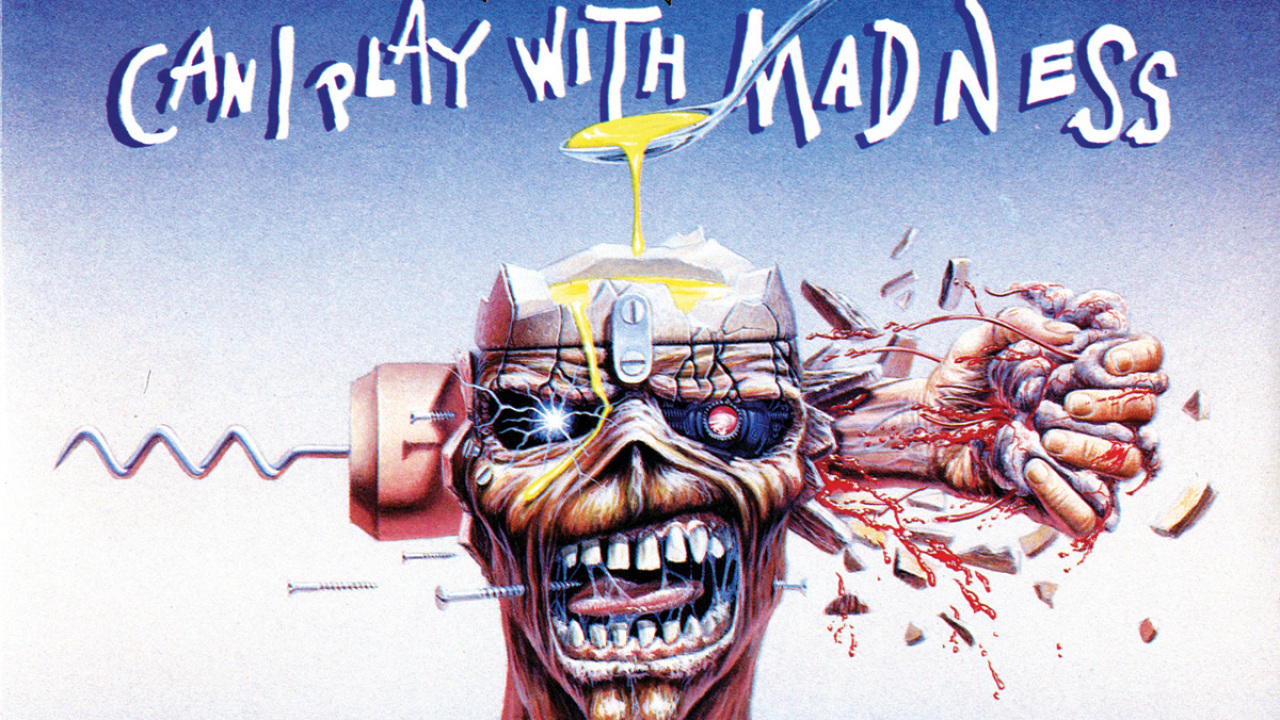
In the latest issue of Metal Hammer we're giving away the second part of our massive Iron Maiden Eddie poster. But on the other side are some more of Maiden's iconic artwork to stick on your walls and turn your room into the ultimate Irons shrine.
If you want to cover your walls in all this killer artwork, pick up the new Metal Hammer here.
SANCTUARY Released: 23rd May 1980
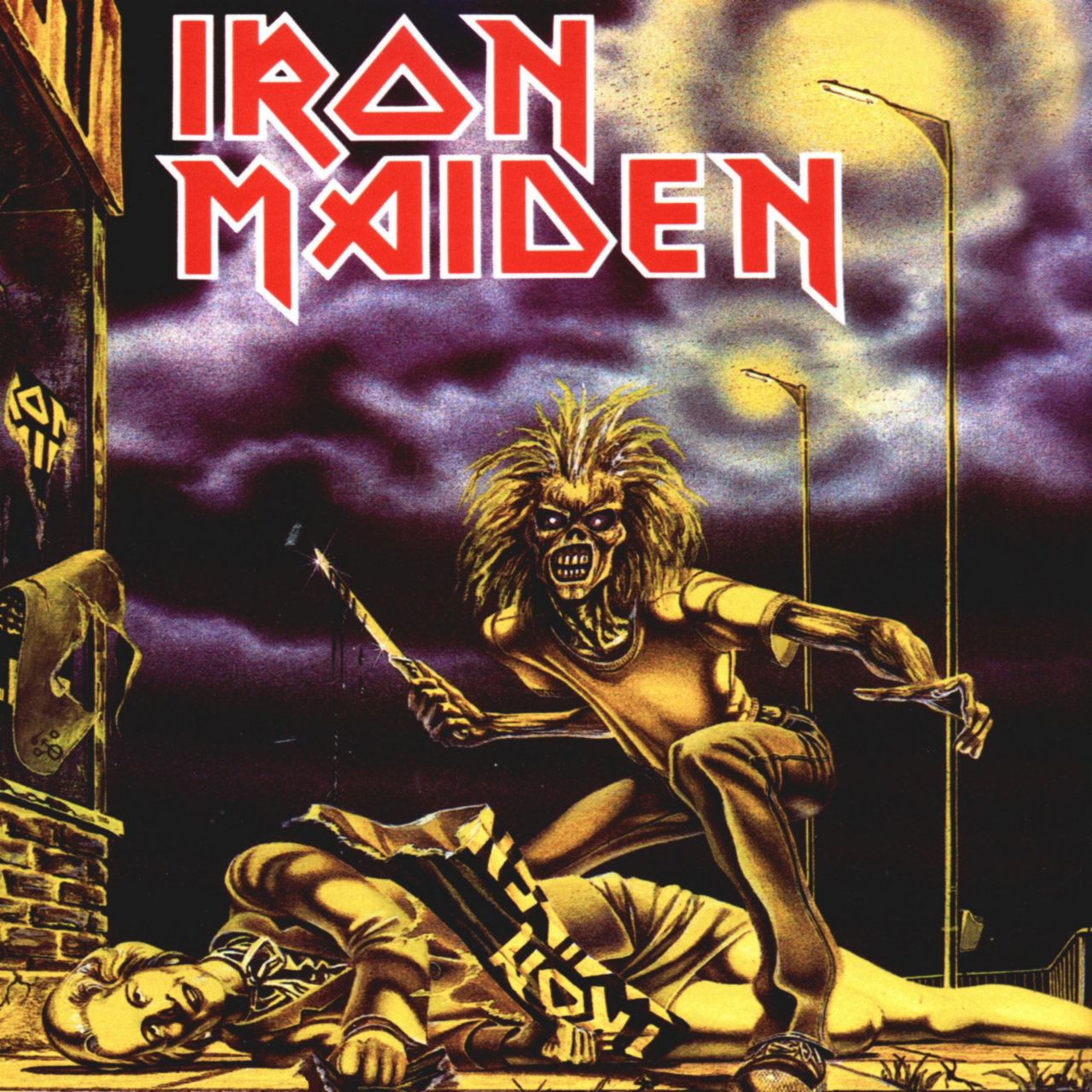
The fledgling Eddie’s first on-screen kill is the UK’s new prime minister Margaret Thatcher – often referred to at the time as the ‘Iron Maiden’ – who took office almost exactly a year before Sanctuary’s release. Artist Derek Riggs claims that before the band asked him to make the dead woman Thatch he’d already pondered that idea but rejected it as ‘a bit naff’. The ever-controversial Riggsy also contends that the sleeve was never officially banned, just censored by band management to whip up a handy tabloid brouhaha of publicity for, musically and aesthetically, the band’s most punk rock record.
RUNNING FREE (LIVE) Released: 23rd September 1985
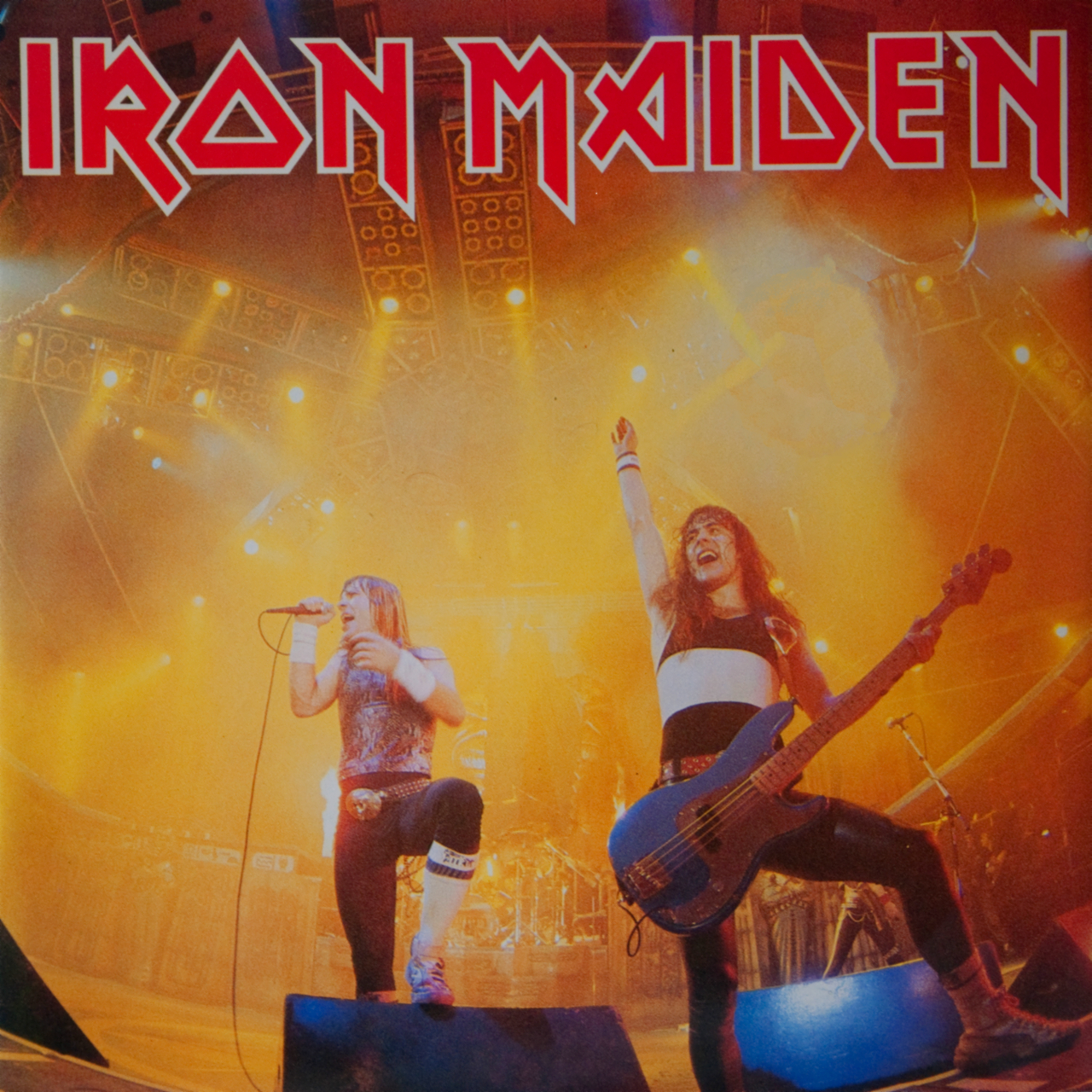
The first inexplicably Eddie-free Iron Maiden product is a Ross Halfin-snapped World Slavery Tour two-shot of Bruce and Steve (plus Adrian’s legs) in heroic poses and long white socks, perhaps emphasising how much of this year the band spent onstage getting snapped by Ross Halfin. Not much of the set or the band is visible (the sleeve folded out into a fantastic poster that was far better in that regard), but nevertheless the image conveys the excitement, the power, the colour, the heat, the scale and the volume of Iron Maiden live in ‘85.
RUN TO THE HILLS (LIVE)/PHANTOM OF THE OPERA (LIVE) Released: 2nd December 1985
The latest news, features and interviews direct to your inbox, from the global home of alternative music.
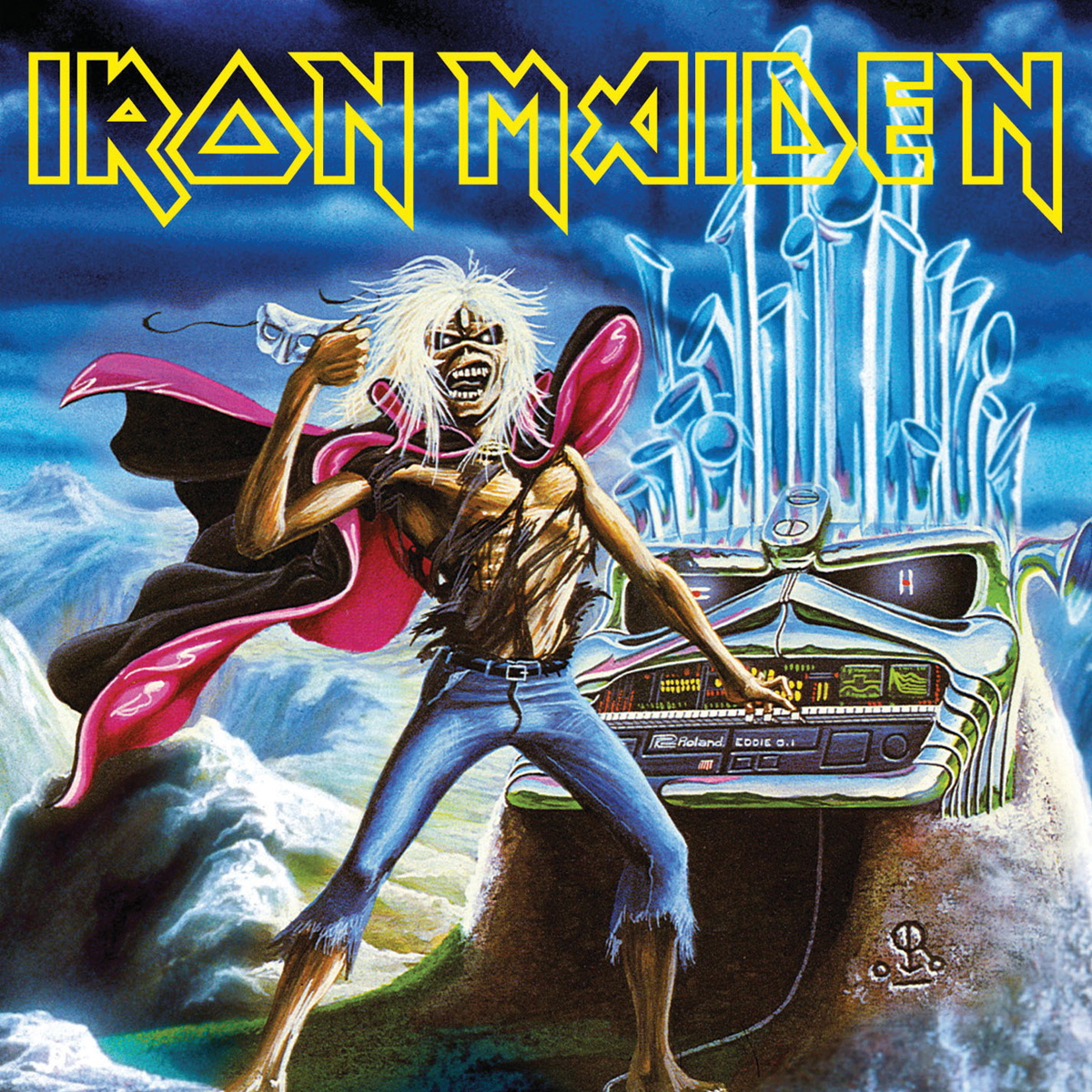
“The phantom of the opera running to the hills,” is Derek Riggs’ uncomplicated explanation for this gorgeous double-A-side sleeve inspired by the mountainous landscapes of 19th century English artist John Martin. “I just wanted to paint something nice instead of all the monsters,” recalls the artist on his website. “I spent so long on the background that I didn’t leave enough time to paint Eddie and I had to stick him in really quickly.” Lovely job on Eddie’s gleaming personalised organ, mind; it’s even tempting to wonder if this image inspired the band’s unexpected interest in synths in 1986.
WASTED YEARS Released: 6th September 1986

“A bit weird and a bit crap” is Derek Riggs’ typically harsh assessment of this 12-year-old sci-fi nerd’s wet dream of a sleeve, with Eddie’s new cybernetic enhancements teasingly glimpsed as a shadowy reflection on an 8-bit green-screen in the Back To The Future-style control panel of a time machine, seemingly tracking the TARDIS through the vortex towards the Somewhere In Time cover. Other screens show details from the Number Of The Beast and Live After Death sleeves, plus Powerslave pyramids and (presumably) Upton Park, while ‘chrono in situ’ reads 23-58 (two minutes to midnight).
STRANGER IN A STRANGE LAND Released: 22nd November 1986
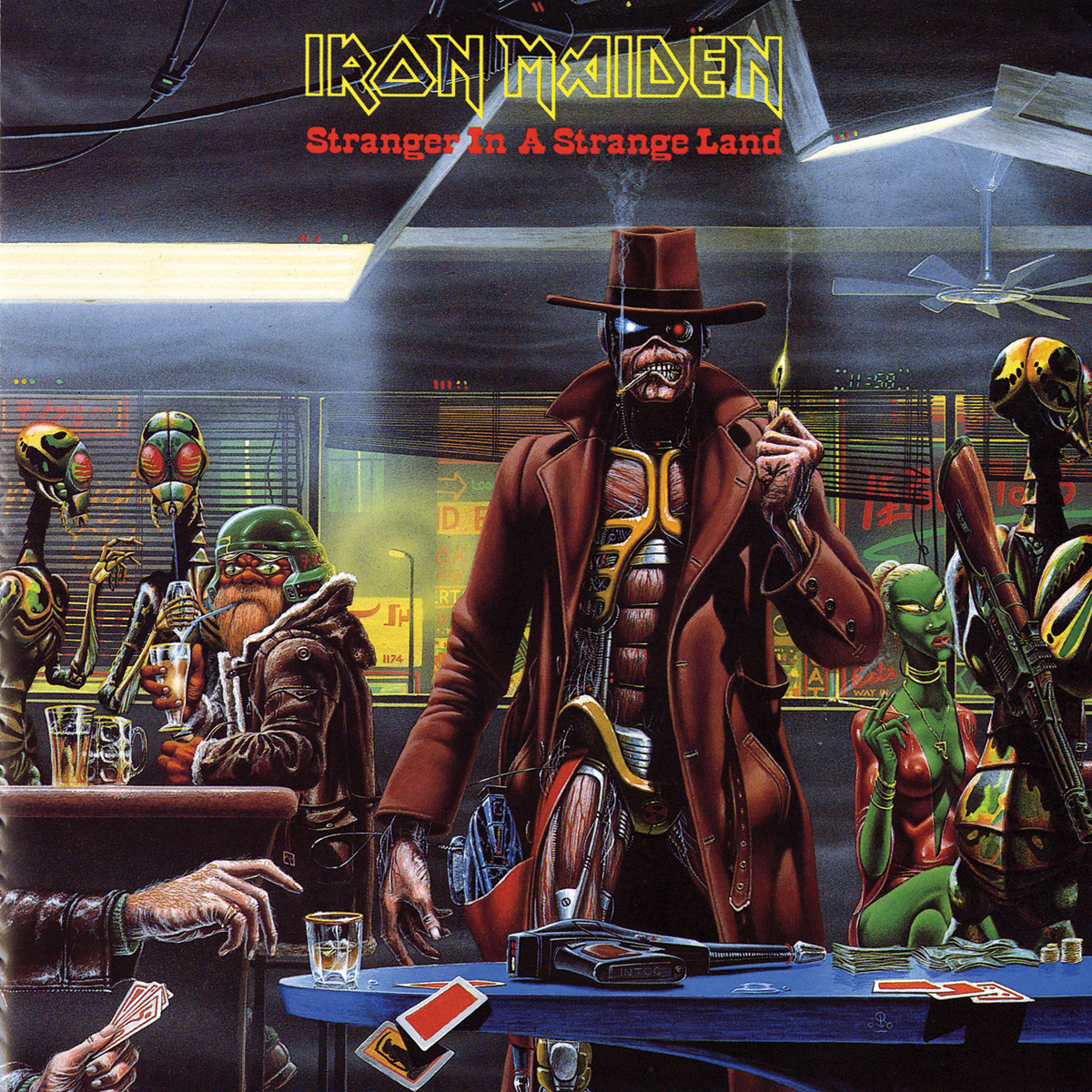
Riggs renders the cyborg Eddie as Clint Eastwood’s Man With No Name, lighting up a cheroot as he strides menacingly into a bar inspired by the Mos Eisley Cantina from Star Wars, disrupting a card game that offers another Maiden art cameo for the Grim Reaper. Beautifully painted and hugely involving, even Riggsy himself seems pleased with this: “I got some time to do this one so I got to do some decent painting… so it looks better than some of the others,” he modestly posits on his website (adding “I like green girl, green girls are hot”).
CAN I PLAY WITH MADNESS? Released: 20th March 1988

As if Eddie was getting too sexy in his buff cyber-guise, here the poor beast is reduced once more to Eddie The ‘ead, in the process of having his brain smashed out, screws driven into his face, optical circuits malfunctioning, cracked head full of runny yolk. Riggs was given free reign with the Seventh Son-era artwork: “Derek’s brief was simply something surreal and bloody weird,” explains Rod Smallwood in Run For Cover: The Art Of Derek Riggs by Martin Popoff. This brutal vision of insanity was rendered humorous by the disembodied spoon: “Eddie the egg cup,” Derek quips.
THE EVIL THAT MEN DO Released: 1st August 1988
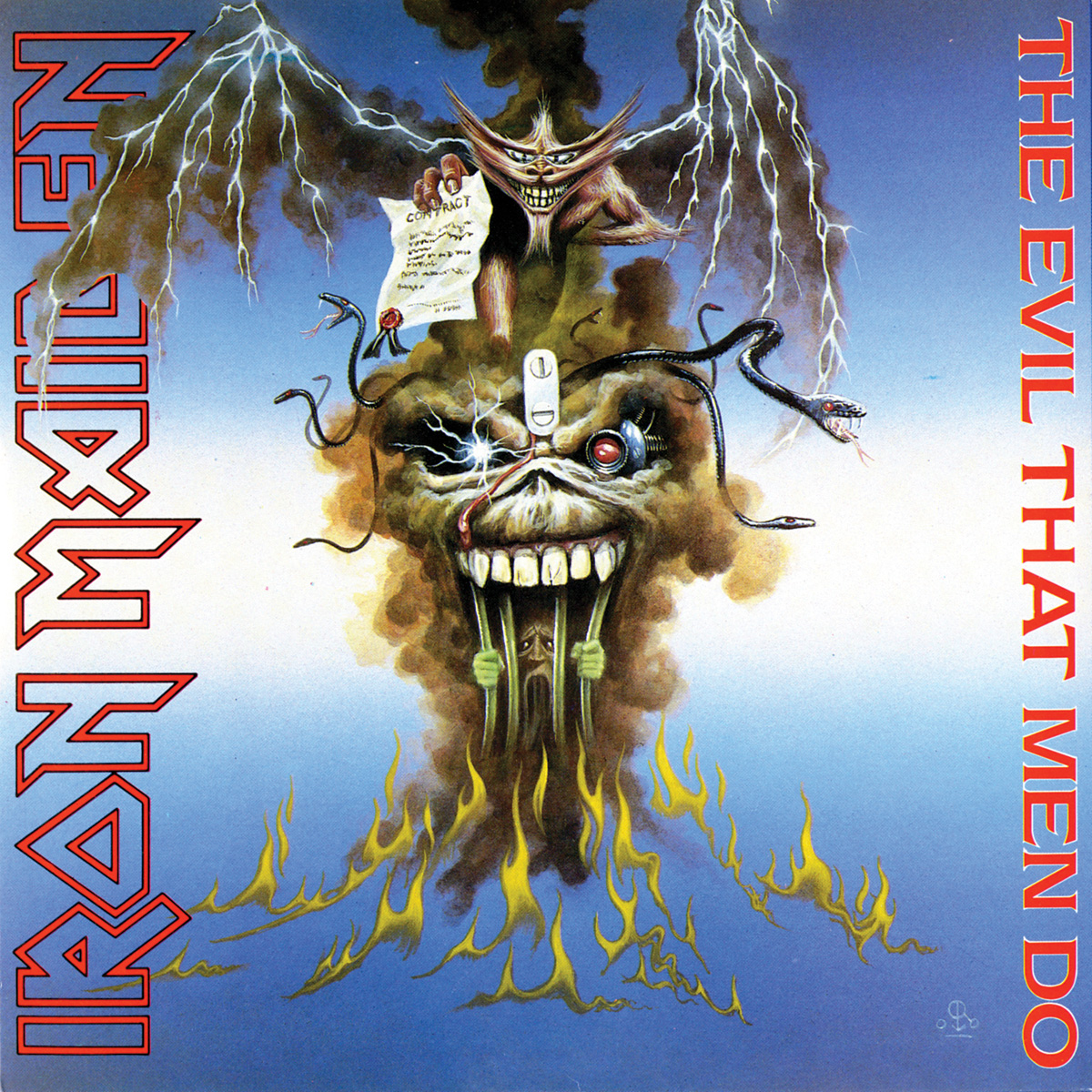
Painted by the artist the night before deadline after a week of illness – which adds new perspective to the foul demon with wings of smoke and lightning waving a contract at the viewer – Eddie’s ‘ead is by now totally obliterated, barely a puff of smoke, albeit with snakes where his brain was and a prison cell in his gob. The second of Derek’s three ‘conceptual Eddie’ sleeves, The Evil That Men Do is an enigmatic meditation on themes of judgement and power that certainly looks like the work of a man who did not feel well.
THE CLAIRVOYANT Released: 7th November 1988
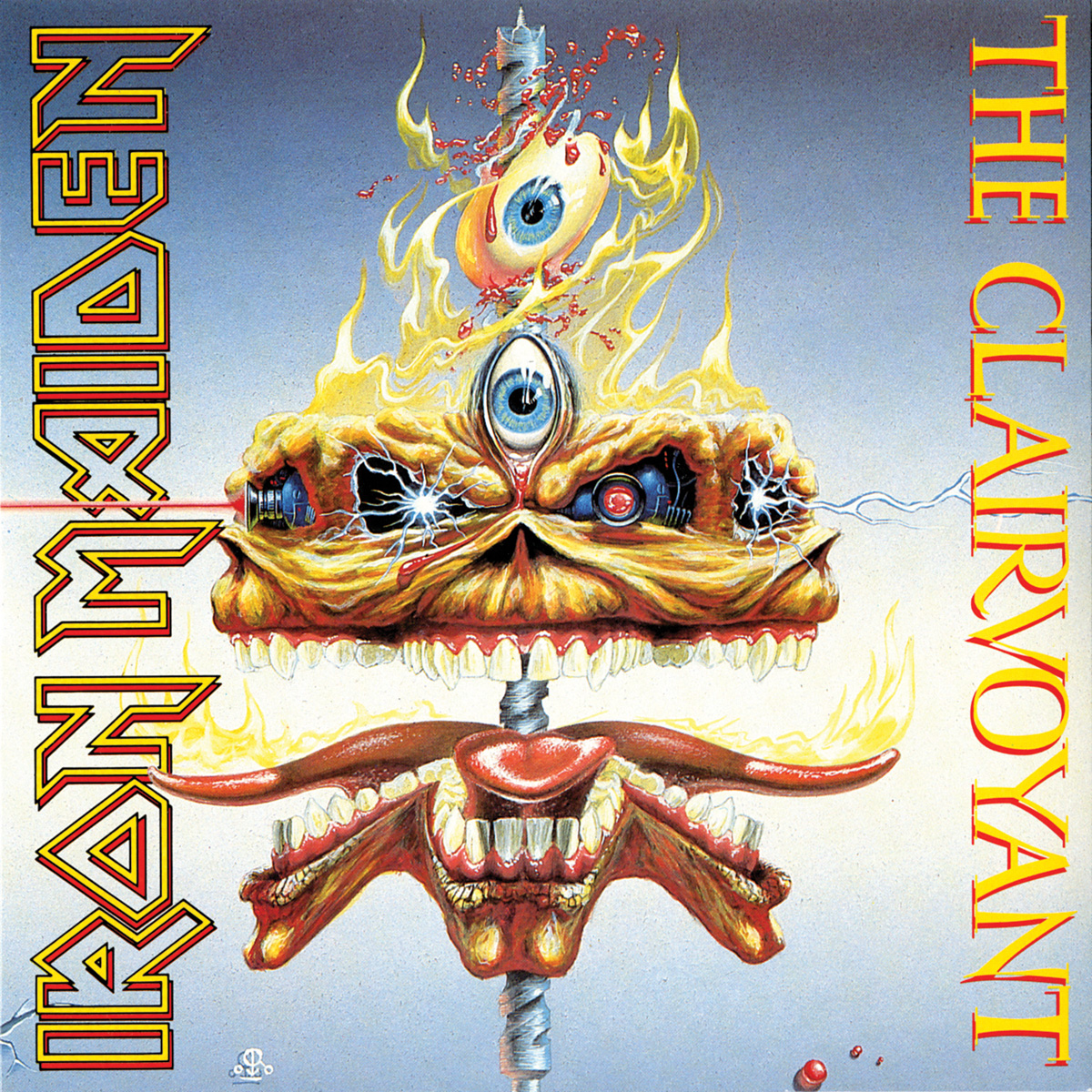
Depicting the psychic powers of the song’s theme on Eddie’s blazing, unravelling features, Riggs set about connecting three faces signifying past, present and future, “but I couldn’t resolve what happens at the mouth. So I rubbed out the joining bits and it looked really apeshit so I painted it like that,” remembers Riggsy on derekriggs.com. Derek insists that Freddie Mercury got the joined-up-faces idea for Queen’s 1989 The Miracle album sleeve from The Clairvoyant poster art.
INFINITE DREAMS Released: 6th November 1989
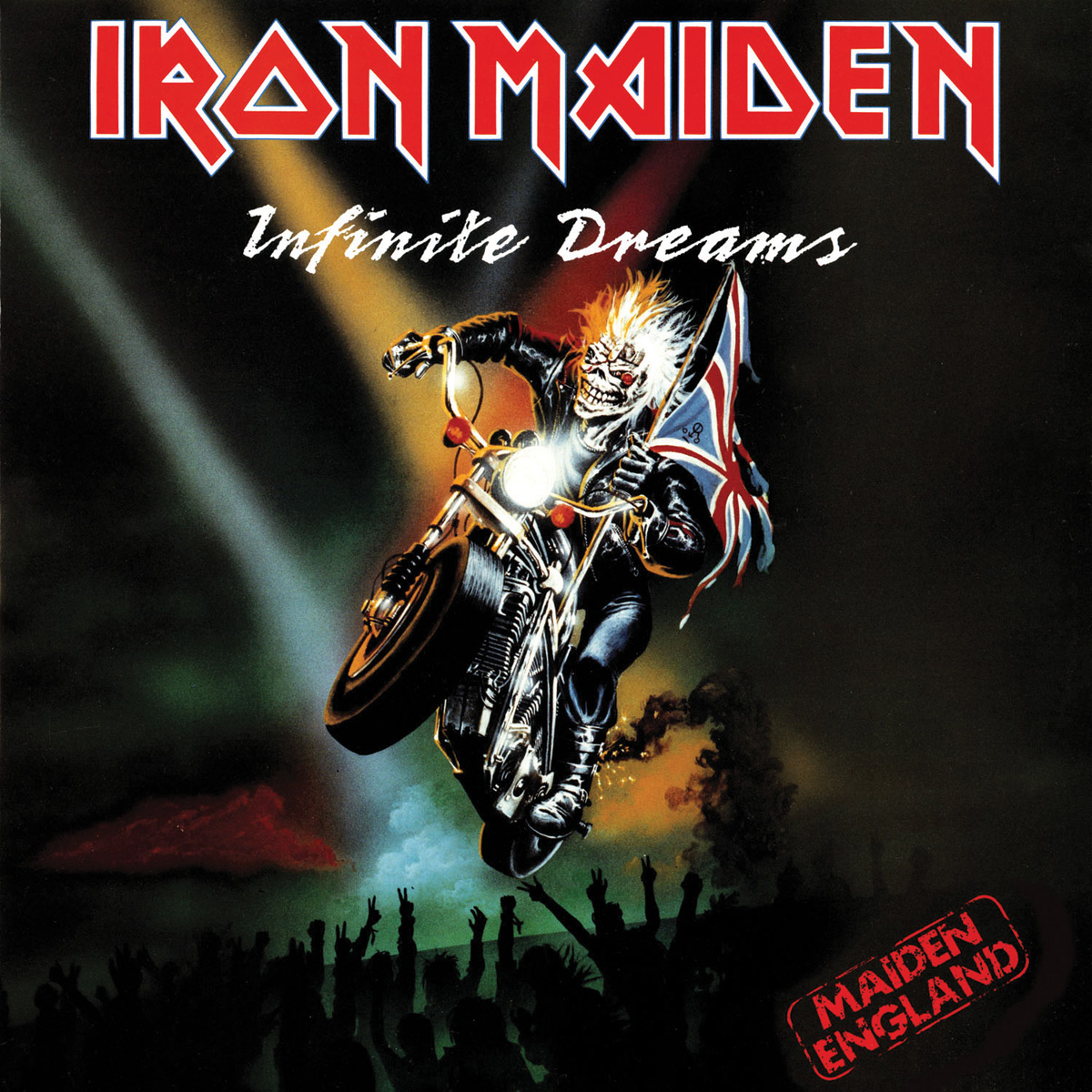
Rather lazily sharing a sleeve with 1989’s Maiden England live video, this in-concert image harks back to the red-and-green-lit Eddie-on-stage cover of 1981’s Live At The Rainbow, only now he’s clutching The Trooper’s Union Jack and jumping a motorbike over the crowd. Although this painting must have excited and galvanised the band’s massive biker fraternity, Derek Riggs was never keen (surprise surprise): “I hate painting motorbikes, they’re so fussy and boring,” he moans on his website. The bikers must be incensed that the 2013 Maiden England reissue inexplicably scrapped Riggsy’s bike art in favour of Eddie on a horse.
To get your hands on these posters, get your copy of the new Metal Hammer now.
Chris has been writing about heavy metal since 2000, specialising in true/cult/epic/power/trad/NWOBHM and doom metal at now-defunct extreme music magazine Terrorizer. Since joining the Metal Hammer famileh in 2010 he developed a parallel career in kids' TV, winning a Writer's Guild of Great Britain Award for BBC1 series Little Howard's Big Question as well as writing episodes of Danger Mouse, Horrible Histories, Dennis & Gnasher Unleashed and The Furchester Hotel. His hobbies include drumming (slowly), exploring ancient woodland and watching ancient sitcoms.
